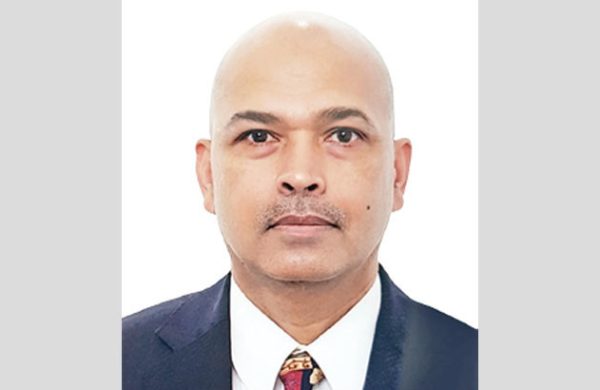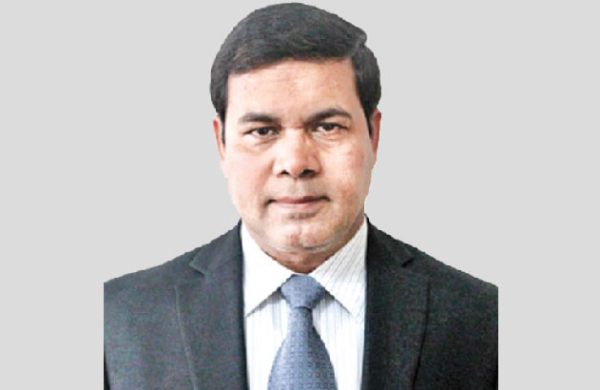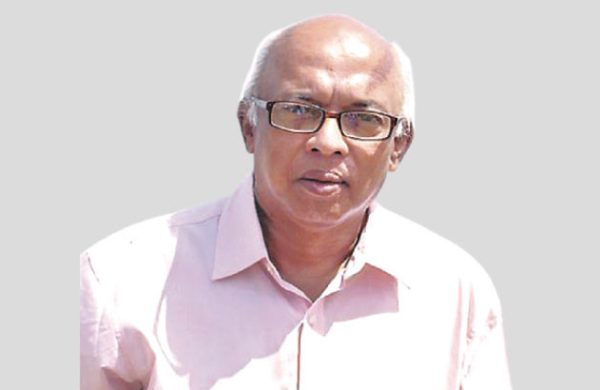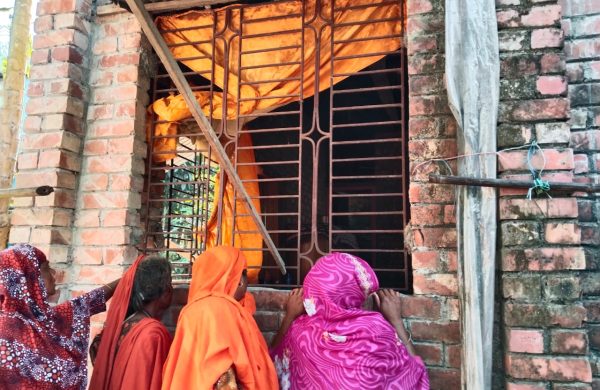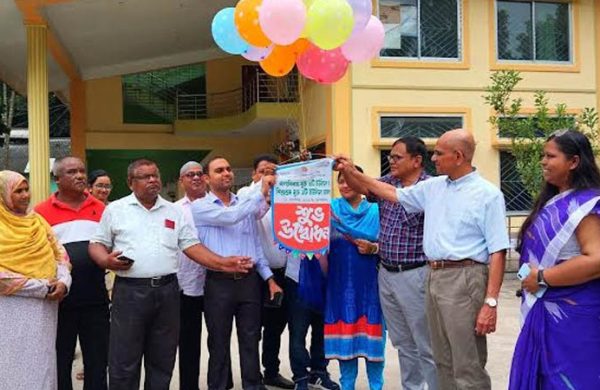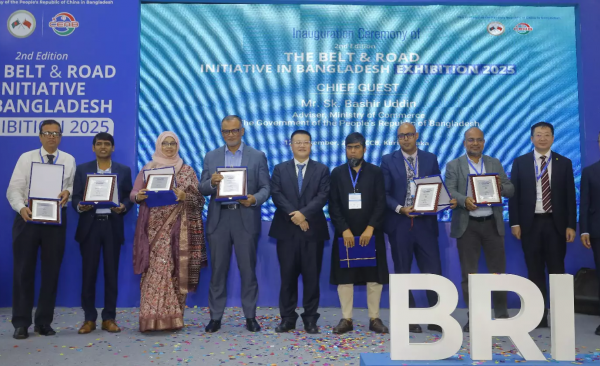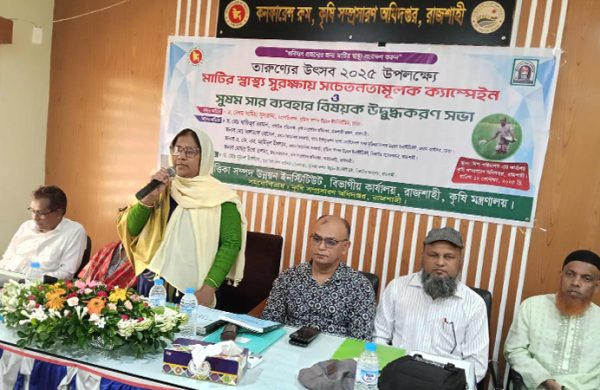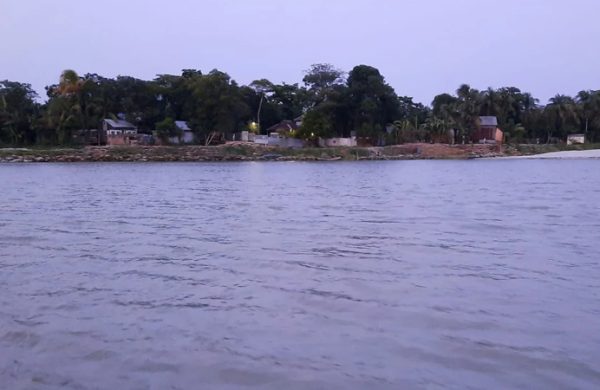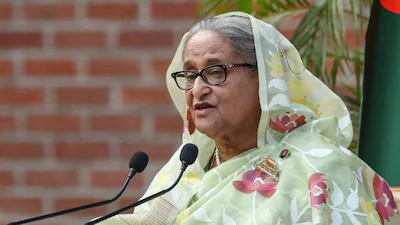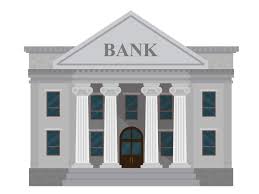A good exit policy for non-wilful loan defaulters
- Update Time : Saturday, July 13, 2024

–MS Siddiqui–
In 2019, the central bank issued a special policy regarding a one-time exit for customers with loans over Tk500 crore. According to the policy, the loan is to be repaid over 10 consecutive years with a grace period of one year, at 9% simple interest, with a 2% down payment. The plan could not yield a good outcome from Bankers point of view. Some of the powerful big defaulters took some undue facilities.
The current statistics of default loan, which surged to a record high of Tk 1,82,295 crore at the end of March 2024, up from Tk 1,45,633 crore in December 2023, Tk 1,20,656 crore in December 2022 and Tk 1,03,273 crore in December 2021.
Again, Bangladesh Bank (BB) has issued a new “Exit Policy” (BBs circular no: 13 Dated 8th July 2024)aimed at expediting the recovery of defaulted loans allowing defaulted borrowers up to three years for loan repayment with a 10% down payment. BB formulated such a policy for the first time. The exit policy applies to defaulted loans, loans with a low probability of recovery and loans taken by defunct companies, who are non-willful defaulters.The non-willful defaulters might incur losses due to uncontrollable factors, leading to hindered debt collection activities and insufficient cash flow for loan repayment and consequently, such loans are classified as defaults but not as willful defaults. Islamic Shariah-based banks can also adopt these guidelines for recovering or adjusting their regular and classified investments.
The circular outlined that if recovery prospects are deemed minimal or in case of closure of project or business due to unavoidable circumstances or in case of closure of project or business by the borrower, the exit facility can be granted for the purpose of recovery of such classified loans.
The applicants must deposit at least 10 percent of the loan amount upfront to qualify for this facility. Loans under this exit policy can be repaid in one or multiple instalments, with a general repayment period not exceeding two years, extendable by one year for valid reasons.Banks are required to settle these applications within 60 working days of receipt.
Banks have been instructed to develop their own policies in line with the central banks guidelines, incorporating similar conditions.The banks board of directors or executive committee must approve the exit facility.However, for principal loans up to Tk 10 lakh, the decision-making authority can be delegated to the banks management.Under the policy, there will be no change in the quality of the loan until it is fully repaid, and customers utilizing the exit facility will not be eligible for new loans during this period. Applicant borrowers must repay the entire loan within a maximum of three years. Banks will determine the loan instalment period, allowing borrowers to clear the dues through multiple payments within three years.
Regarding interest waivers, the existing instructions and subsequent circulars must be followed, transferring waived interest to a separate blocked account. This will only be considered fully waived after the complete repayment or adjustment of the loan, the circular said.
The pre-exit debt status for individuals or institutions or companies must remain the same as before the exit until the loan is fully repaid. Under the facility, borrowers will not be eligible to get new loans until they have adjusted the full loan amount.
This facility will not be considered rescheduling or restructuring. Borrowers using the exit facility will not be eligible for new loan facilities until the loan is fully repaid or adjusted. In the case of written-off loans, existing guidelines must be followed.
The proper provisioning must be maintained against the loan, and collateral must not be released before the loan is fully adjusted.However, if the bank, customer and buyer agree, the mortgaged property can be sold through a tripartite agreement to settle the loan.If the borrower fails to repay under the exit facility, the bank will take necessary legal action to recover the loan.
Until now, each bank followed different rules. In the absence of a policy, banks used to follow different criteria for the exit mechanism for the collection and adjustment of loans, according to central bank officials.Under this facility, interest can be waived according to the policy of the central bank. However, if the loan is not repaid within the stipulated time, the waived interest will accrue, and the exit facility will be cancelled.
The uniqueness of the new policy is that all types of small and large borrowers will benefit from this policy. Under this policy, both regular and defaulting borrowers can take advantage of the exit facility.
Bankers are skeptical about the success of the policy and believe that the “defaulted borrowers will receive some benefits through the exit facility, If they manage to pay 10% of their defaults, they can repay the remaining amount over a period of three years.”
The policy emphasis to extend facility to the non-willful defaulters. It is very difficult to identify willful and non-willful defaulters under existing laws and rules. BB has instructed all the bank to set up a department to identify the categories of defaulters, but bankers are not keen to identify willful and non-willful defaulters.
The exit policy may allow both willful defaulters and non-willful defaulting business customers to settle their industrial loans by paying off the outstanding loan. The target should be to reduce the nonperforming loan below of a certain percentage to salvage ailing banks.
(The writer is a Non-Government Adviser, Bangladesh Competition Commission, Legal Economist & CEO, Bangla Chemical)



